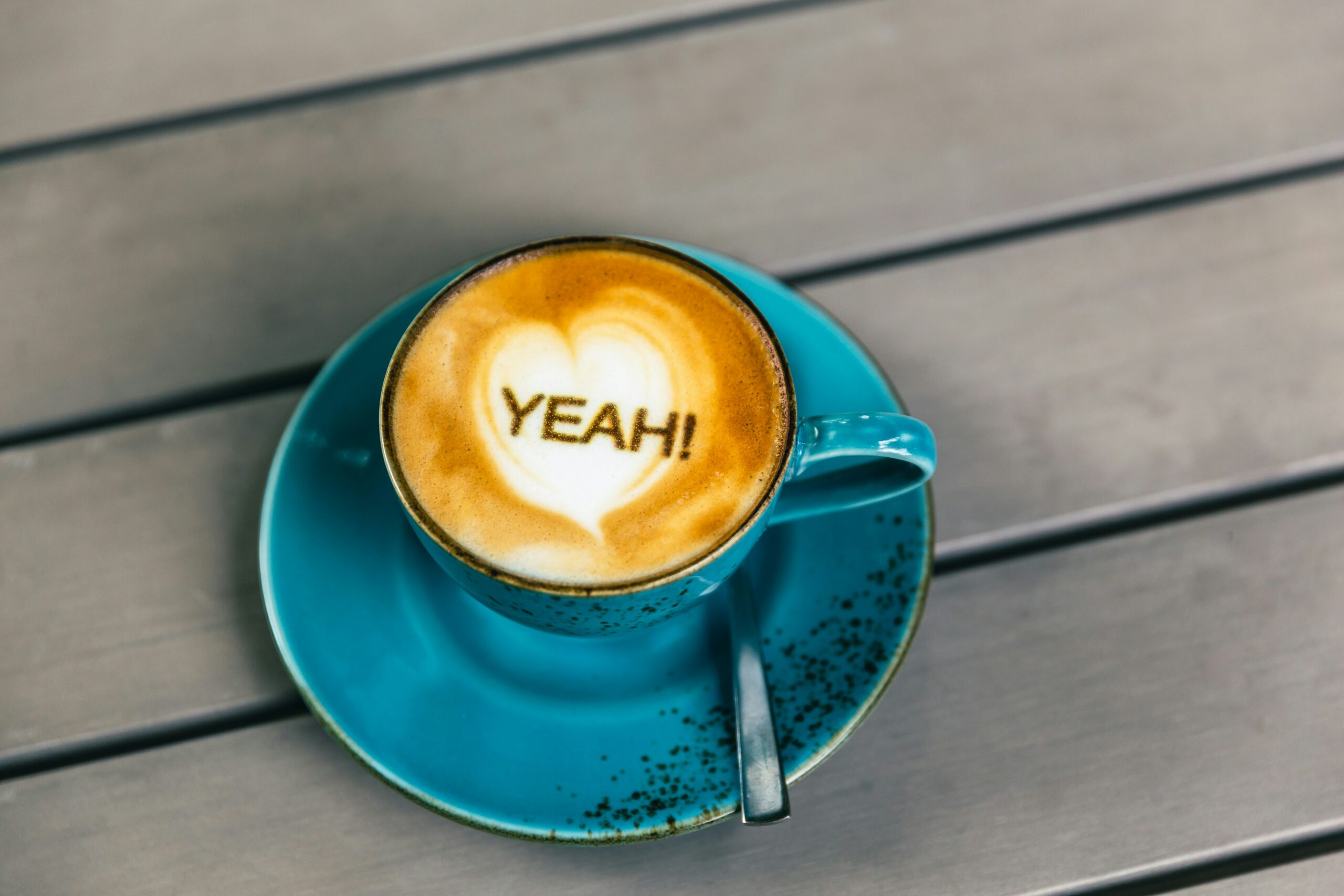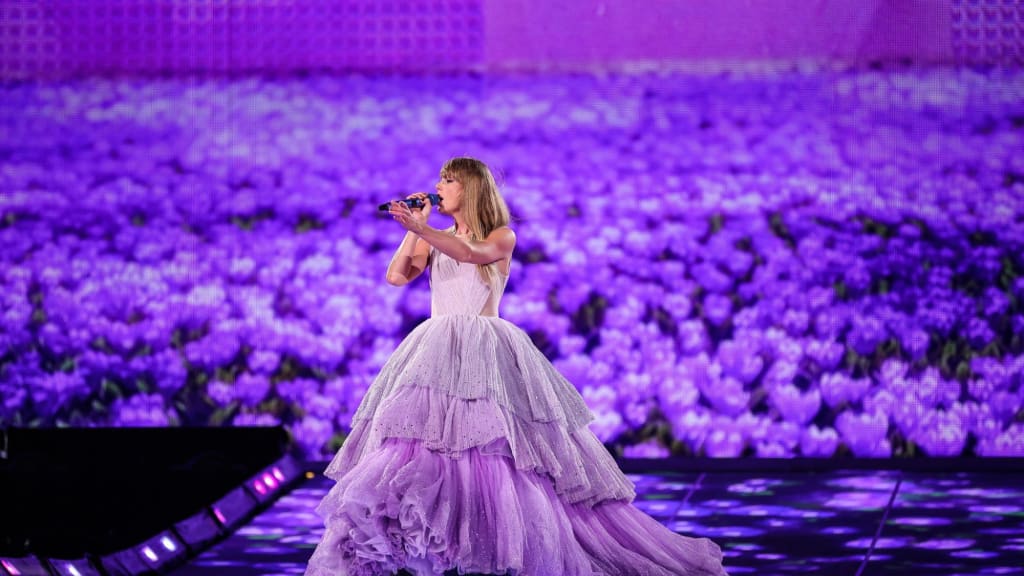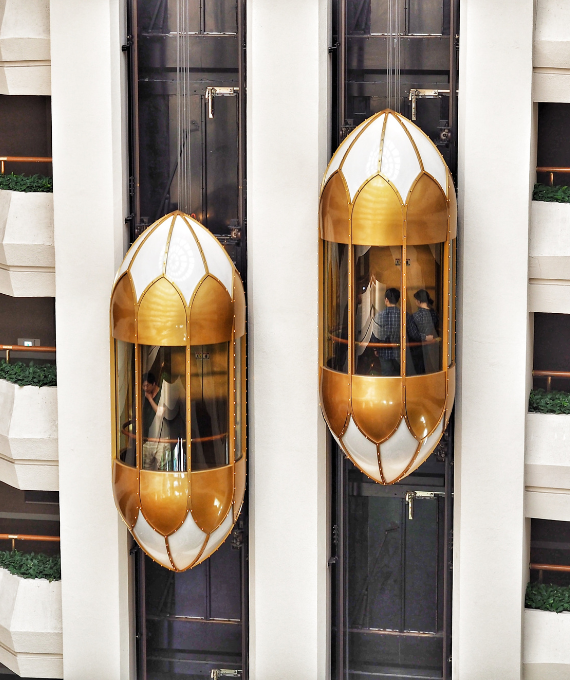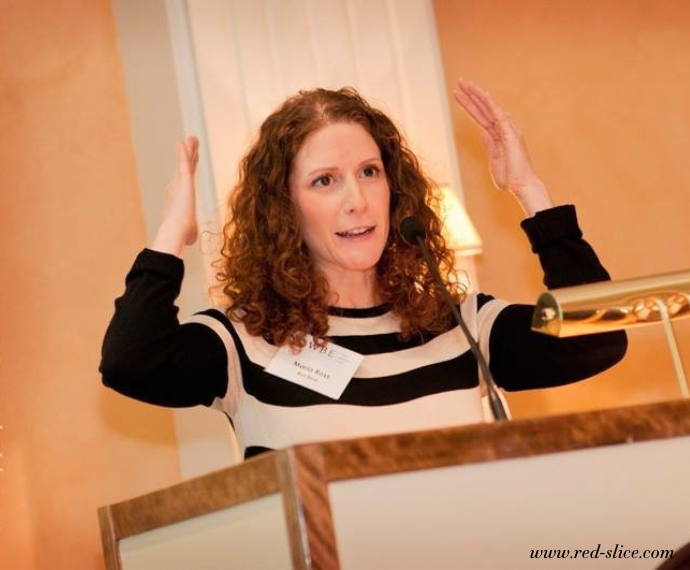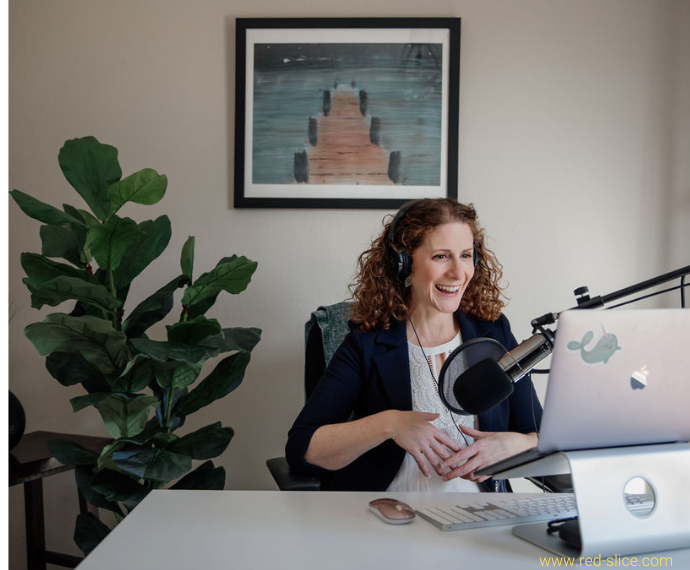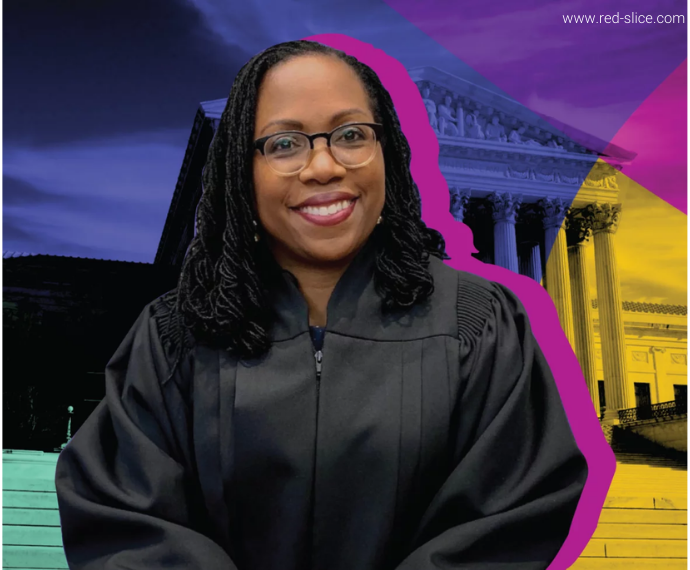A small business owner asked me the other day, “What do you mean by brand story? Is that website copy?”
I said yes, sort of. But it’s bigger than that – it is not just one sentence, but it’s also the vibe and value promise of your business. Your brand story is not simply what you sell. It’s your purpose and what you believe. How you’re different. What value your offerings ultimately give to a buyer.
Porsche and Honda both make cars. They do NOT have the same brand story. They are not selling to the same people. Customers buy from them for very different reasons – not simply “because I need a car.””
Your business, no matter what industry you are in, needs to understand this.
How did this brand strategist get into the empathy advocacy game? Simple. Empathy is the key to marketing and sales success.
Marketers get this. You can’t influence or persuade someone – or build right-fit offerings for them – if you don’t understand them.(TWEET THIS!)
You must peek into their lives, see things how they see them, and ensure your solutions meet those needs, address those goals, and fulfill those aspirations. Or quite frankly, they should not be doing business with you.
Sometimes empathy gets a bad rap when used by marketers – or sociopaths – to manipulate. If it is used in that way, that’s just lazy marketing in my book. Marketing should be about elevating the truth of your story so the right people can find you and achieve their goals or solve their problems.
Empathy has always been the key to successful advertising. It’s never about the product, is it?
A 1995 Nike campaign that always stuck with me, which I mentioned in my first book Branding Basics for Small Business, was called “If you Let Me Play”. The ads showed bright-eyed young girls playing sports and each would in turn say,
“If you let me play sports
I will like myself more;
I will have more self-confidence,
I will be 60 percent less likely to get breast cancer;
I will suffer less depression.
I will be more likely to leave a man who beats me.
I will be less likely to get pregnant
I will learn what it means to be strong.
…If you let me play sports.”
This was not just about the features of their shoes or athletic clothing. It was about empowerment. About safety. About strong mental health for girls.
They got me, as a just out of college woman back then. They knew exactly what engaged and connected with me. They knew who I wanted to be and what I wanted to stand for. And they likely grabbed loads of parents who felt exactly the same way.
That’s empathy in marketing. Understanding the goals, desires, fears, values, and needs of your ideal audience and creating products and services that speak to them. But one step further, a good marketer has to be able to communicate that they understand.
That’s where brand story comes in.
Many business owners and even marketers can speak eloquently about the features of their products. But they might not be as connected to the story they can share that will inspire, engage, and influence their ideal customers to join their community and stay loyal to the brand.
Sometimes this is because we get so caught up in jargon, we don’t speak in the way our customers actually talk. Which is the cornerstone of empathetic marketing! Sometimes, they think customers want to hear önly the facts”- when research proves that we often make purchase decisions because of emotion but justify that decision with logic. Yes, even our most skeptical, data-driven buyers do this because….WE’RE ALL HUMAN! Don’t believe me? Check out my podcast episode with behavioral economist Melina Palmer on all the research proving we don’t buy for the reasons our conscious brains tell us we do. We respond to other cues we are not even aware of!
But what to say? How to say it? How do we even know what our ideal customers really want and need?
New Course to Help You Craft Your Brand Story! Brand Story Breakthrough
As some of you know, I have shifted from pure brand consulting to focusing on empathy speaking and training. So I’m unveiling what I hope will be a signature course to help marketers, business owners – and even agency professionals such as PR and design experts who need to help their clients nail their brand story and may not have a good process.
Check out Brand Story Breakthrough, a 5 week digital course, along with weekly live coaching with me for feedback and guidance. This is my way to help people at scale uncover the magic of their brand story and build all the tools for their messaging toolkit so they can attract their perfect customers, stand out, and grow their revenue and impact.
And the root of the entire course and process? You guessed it. Empathy.
Empathy is too often what is missing from messaging. I once had a corporate VP client who disrespected their target client base, calling them arrogant, entitled, and not interested in the data. You cannot successfully market your offerings to those who need it if you despise or disrespect them! Sorry, not sorry.
If you’re struggling to get attention from right-fit customers you know you can impact, I would love, love, love to help.
Please check out details right here and see if it’s right for you (There’s even a free masterclass video on that page that will be super valuable for you)
PS, this process works whether you sell products or services, B2B or B2C, non-profit or for-profit. Because it’s about flexing your empathy muscle and communicating in a way that resonates with the right people and ignites them into action. Not to lie to them. Not to deceive. But to connect with them in a genuine and value-driven way.
Bottom line: We are all human. And if your mission is to have an impact and offer genuine value to customers or clients, you deserve to reach them and they deserve to know you exist for them. Marketing done right is not sleazy. It’s a way for you to let the people who need you the most find you. Get excited to share your story. If not you, then who?! ChatGPT can only get you so far. First, you have to emotionally connect with the people you serve.
Photo Credit: Social Cut on Unsplash


